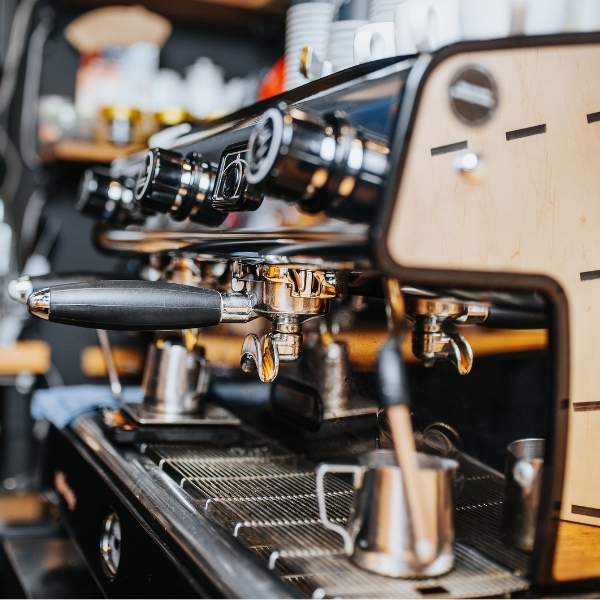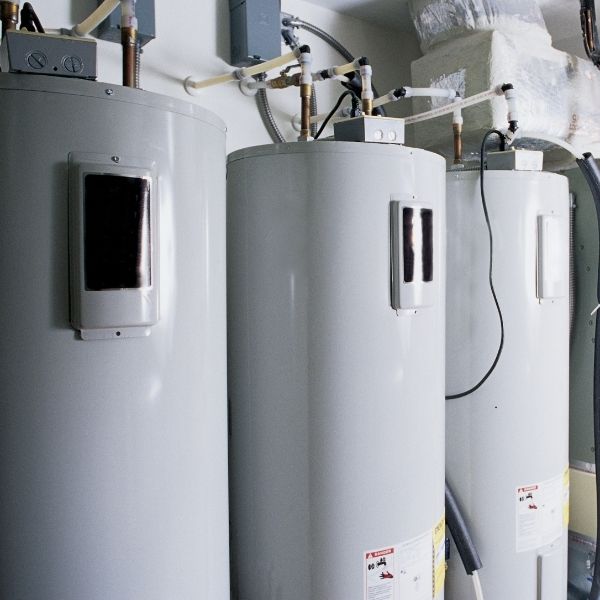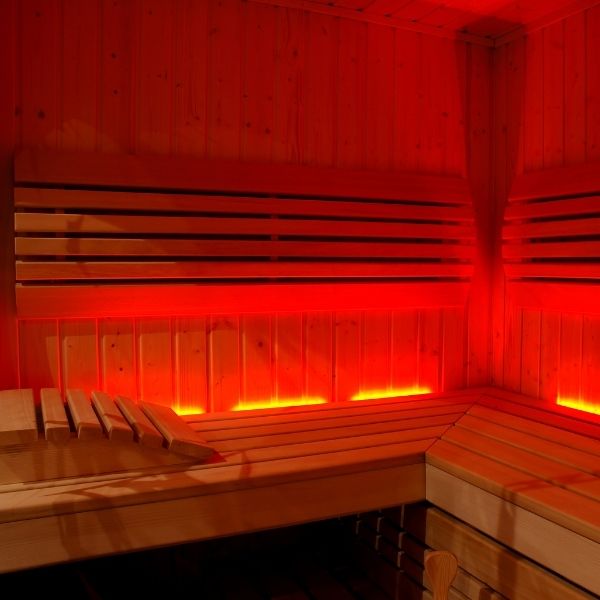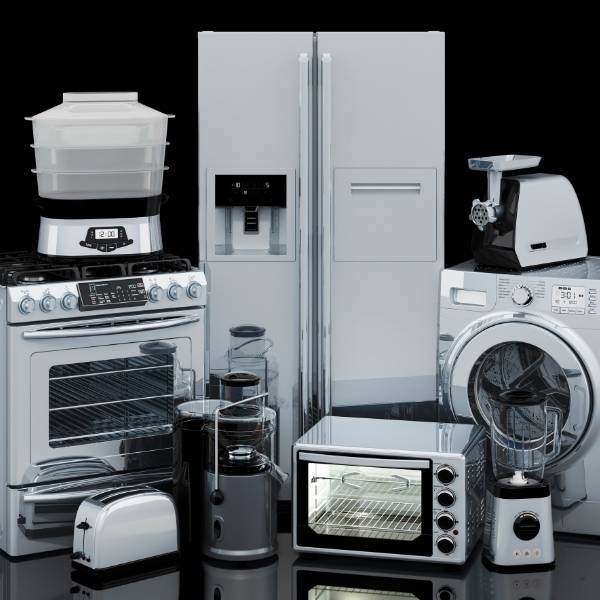commercial appliance heating elements
Heating elements for commercial appliances
Commercial appliance heating elements serve commercial places such as catering, hotels, beauty salons, etc., and need to cope with the scene requirements of long-term continuous operation, high-frequency use and large-load output. The core requirements are “high durability, stable power output and low maintenance cost”. Typical applications include commercial electric ovens, electric water heaters, commercial microwave ovens, ice machines, laundry dryers, etc., whose working intensity is usually several times or even dozens of times that of household equipment (for example, the average daily heating time of commercial electric water heaters can reach more than 12 hours).
In terms of material selection, commercial heating elements emphasize high temperature resistance, corrosion resistance and mechanical strength. For example, the electric heating tubes of commercial electric ovens are mostly wrapped with stainless steel shells (such as 304 stainless steel) to wrap nickel-chromium alloy heating wires, and the outer layer is coated with high-temperature resistant insulating glaze to cope with the high temperature environment of 200-300℃ in the oven and the corrosion of food oil stains; the evaporator heating elements of commercial ice machines need to use titanium alloy or copper materials to avoid salt water corrosion; the heating plates of large commercial electric water heaters often use thick film heating technology (such as ceramic thick film circuits) to reduce local thermal stress and extend life through large-area heating elements.
At the design level, commercial heating elements must meet the requirement of “continuous operation without attenuation”: for example, the heating tubes of commercial electric ovens must pass a high-temperature aging test of more than 48 hours to ensure that the power attenuation does not exceed 5%; the heating elements of commercial laundry dryers must be integrated with heat dissipation fins or forced air cooling structures to avoid overheating and damage to the components due to continuous high-power operation. In addition, commercial scenarios also have higher requirements for energy efficiency (for example, some countries require commercial appliances to achieve first-level energy efficiency), so the components need to optimize thermal conversion efficiency (such as reducing thermal bridge losses) and achieve precise temperature control through intelligent temperature control systems (such as PID algorithms) to avoid energy waste. A typical example is the heating element of a commercial electric frying stove, which needs to heat the pot to above 300°C within 3 minutes, and the power fluctuation is less than 3% after working continuously for 8 hours to meet the needs of high-intensity cooking.
Commercial coffee machine element: rapid heating, high-load durable, consistent temp for quality.
Commercial water heater element: rapid heating, high-load durable, consistent hot water supply.
Electric sauna element: rapid heating, high-temp resilient, uniform heat for optimal sauna experience.
Electric kitchen equipment element: rapid heating, uniform thermal distribution, meets diverse cooking needs
Siehe ein individuelles Angebot
Wenn Sie uns genaue Angaben zu den Bedarfsparametern machen können, können wir Ihnen frühestens innerhalb von 24 Stunden ein Angebot unterbreiten.
Dies sind Listen mit häufig gestellten Fragen unserer Kunden. Zu jeder Frage finden Sie eine kurze Antwort, die Aspekte wie Produkte, Qualität und Dienstleistungen abdeckt. Wenn Sie weitere Fragen haben, hinterlassen Sie uns bitte eine Nachricht zur Rücksprache. Wir danken Ihnen.
Wir sind eine Quellenfabrik mit unabhängiger Produktionskapazität, mit 40 Jahren Erfahrung in der Forschung und Entwicklung und Herstellung von elektrischem Heizungszubehör, einer jährlichen Produktionskapazität von über 5 Millionen Sätzen, unterstützen OEM/ODM-Kundenanpassungen und bieten Videoinspektionsdienste in der Fabrik.
Wir unterstützen kostenlose Mustertests, und die Fracht muss im Voraus bezahlt werden (wird bei Lieferung abgeholt). Herkömmliche Modelle werden in 7-10 Arbeitstagen geliefert, mit SGS-Prüfberichten und Tabellen mit Leistungsparametern.
Online-Antwort von 8:30 bis 17:30 Uhr an Werktagen. In dringenden Fällen können Sie einen Arbeitsauftrag über die offizielle Website einreichen. Wir versprechen, technische Antworten innerhalb von 2 Stunden zu geben und Lösungen innerhalb von 48 Stunden bereitzustellen.
Wir verfügen über zwei Produktionsstätten in Zhongshan und Wuhu mit einem monatlichen Ausstoß von mehr als 3 Millionen Stück, die mit vollautomatischen Stanzlinien und automatisierten Montagewerkstätten ausgestattet sind. Die Standardlieferzeit beträgt 15 Tage, und kundenspezifische Bestellungen werden innerhalb von 30 Tagen geliefert. Wir unterstützen Chargenlieferungen.
Wir verfügen über die Zertifizierungen ISO9001/14001, CE (EU), ETL (Nordamerika), RoHS (Umweltschutz), explosionssichere Produkte sind doppelt ATEX/IECEx-zertifiziert und erfüllen die REACH-Vorschriften.
Wir beliefern weltweit führende Marken wie Philips, Midea, Supor, Delonghi, BSH und die SEB-Gruppe, deren Produkte in High-End-Projekten wie Kaffeemaschinen, Bügeleisen, Wasserspendern und Solaranlagen eingesetzt werden, und können eine Referenzliste ähnlicher Kunden vorlegen.





